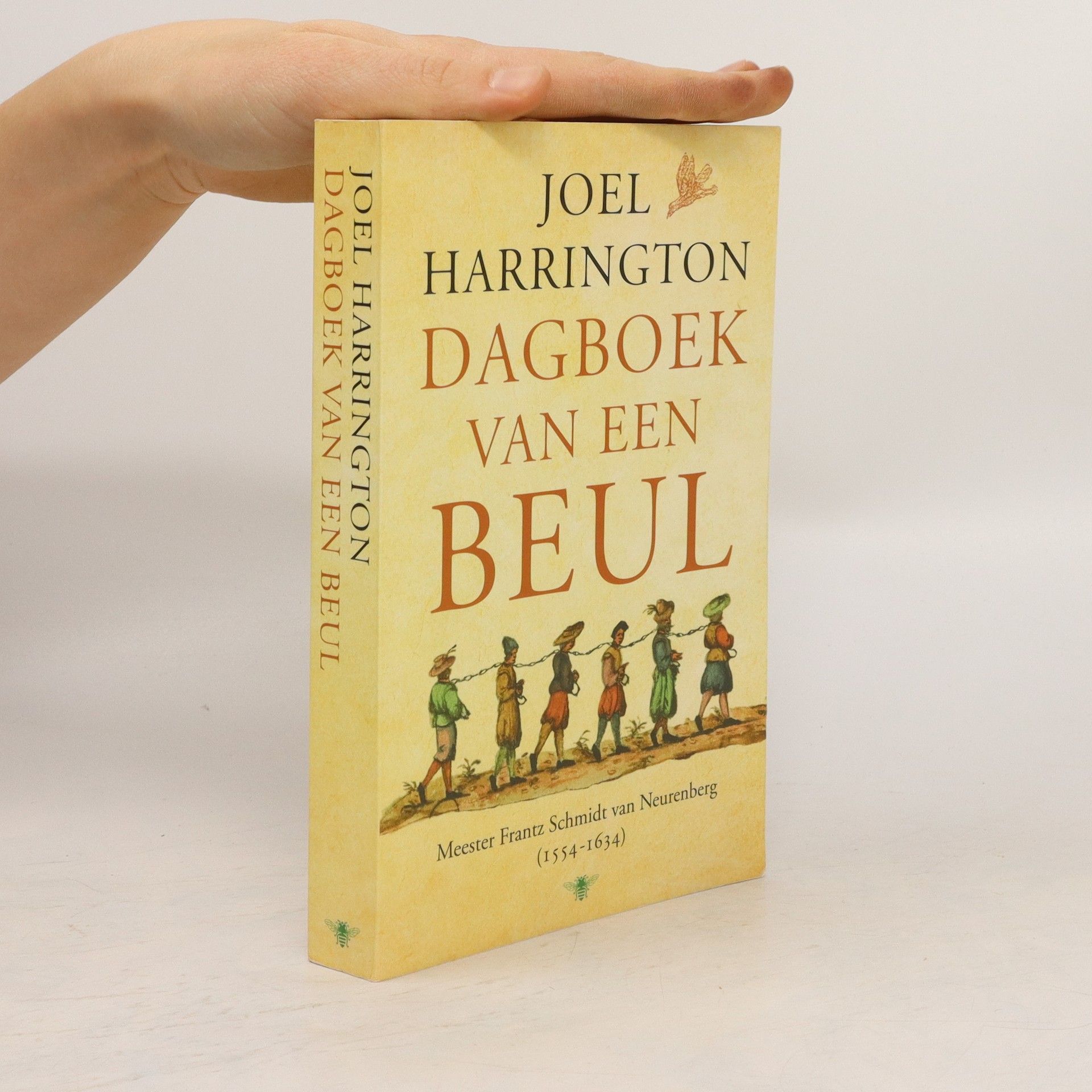Biografie van de Duitse scherprechter op basis van zijn persoonlijke dagboekaantekeningen.
Joel F. Harrington Boeken






The Faithful Executioner
- 320bladzijden
- 12 uur lezen
Meet Frantz Schmidt: executioner, torturer and, most unusually for his times, diarist. At the same time, he poses a fascinating question: could a man who routinely practiced such cruelty also be insightful, compassionate - even progressive?
The Faithful Executioner. Life and Death, Honor and Shame in the Turbulent Sixteenth Century
- 283bladzijden
- 10 uur lezen
"A work of nonfiction that explores the thoughts and experiences of one early modern executioner, Nuremberg's Frantz Schmidt (1555-1634), through his own words - a rare personal journal, in which he recorded and described all the executions and corporal punishments he administered between 1573 and his retirement in 1617"-- Provided by publisher
Das Tagebuch des Todes Frantz Schmidt tötete fast 400 Menschen und hat unzählige weitere grausam gefoltert oder verstümmelt. Am Ende seines Lebens hatte der Nürnberger Henker über 700 Menschen Leid zugefügt. Der Historiker Joel F. Harrington hat nun erstmals dessen historisches Tagebuch aus dem 16. Jahrhundert ausgewertet. Dabei erhielt er seltene Einblicke in die Berufspraxis und den Alltag dieses Mannes, der neben seiner Rolle als gefürchteter Scharfrichter zugleich als Wundarzt tätig war.
Meister Eckhart
Der Mönch, der die Kirche herausforderte und seinen eigenen Weg zu Gott fand
Die große Biographie des berühmten deutschen MystikersEr ist der Ahnherr der Selbsthilfephilosophie, der Guru der New Age-Bewegung, die Millionen von Anhängern Meister Eckhart, Dominikaner, Mystiker und Philosoph. Doch wer war der Mann hinter den Lehren, die nach sieben Jahrhunderten noch Menschen begeistern? Wie sind seine Ideen entstanden? Der Mönch aus Thüringen zeigte damals, dass nur der persönliche Weg zu Gott zum Seelenheil führt und predigte, dass diese spirituelle Erfahrung allen möglich war, die die innere Haltung des Loslassens („Gelâzenheit“) einnahmen. Dieses verblüffend moderne Denken brachte den Mönch Eckhart in Konflikt mit der Kirche, die sich von der Sprengkraft seiner Ideen herausgefordert fühlte. Der Historiker Joel F. Harrington hat sich auf die Spuren des bedeutenden Mystikers begeben und lässt in seiner Biographie eine der faszinierendsten Figuren des Mittelalters auferstehen.
In "Unter Mördern, Dieben, Dirnen" untersucht Historiker Joel Harrington das Leben des Nürnberger Henkers Frantz Schmidt, der fast 400 Menschen tötete und dennoch respektiert wurde. Sein einzigartiges Tagebuch bietet seltene Einblicke in das Denken und Fühlen der Menschen in der frühen Neuzeit.